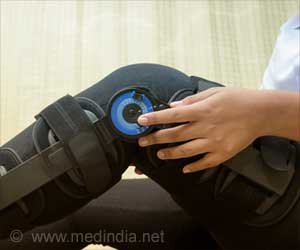Researchers at UC San Francisco says that a commonly used heart monitor may be a simple tool for predicting the risk of atrial fibrillation, the most frequently diagnosed type of irregular heart rhythm.

"We sought to determine how well PACs predict atrial fibrillation compared to an established but substantially more complex prediction model derived from the Framingham Heart Study," said senior author Gregory Marcus, MD, MAS, an associate professor of medicine who specializes in electrophysiology in the UCSF Division of Cardiology. "Because PACs may themselves have a causal relationship with atrial fibrillation, it is theoretically possible that their eradication, such as through drugs or a catheter ablation procedure, could actually modify atrial fibrillation risk."
People who have atrial fibrillation may not show any symptoms, but the condition can increase one's risk of heart failure or stroke. Atrial fibrillation occurs when rapid, random electrical signals cause the atria to contract irregularly and quickly.
Marcus and his colleagues studied a random sample of individuals 65 years and older who underwent 24-hour Holter monitoring as part of the national Cardiovascular Health Study from 1989 and 1990. In the subset of 1,260 participants without previously diagnosed atrial fibrillation, those who had a higher PAC count – or more contractions – had an 18 percent increased risk for developing atrial fibrillation.
They then compared their results with the Framingham Heart Study model, which uses information including body mass index (derived from height and weight), demographic information, past medical history, and data from electrocardiograms to calculate risk prediction.
"We found that the PAC count by itself was as good as or better than the Framingham model in discriminating those who would, versus would not, ultimately develop atrial fibrillation," Marcus said.
Source-Eurekalert
 MEDINDIA
MEDINDIA




 Email
Email










